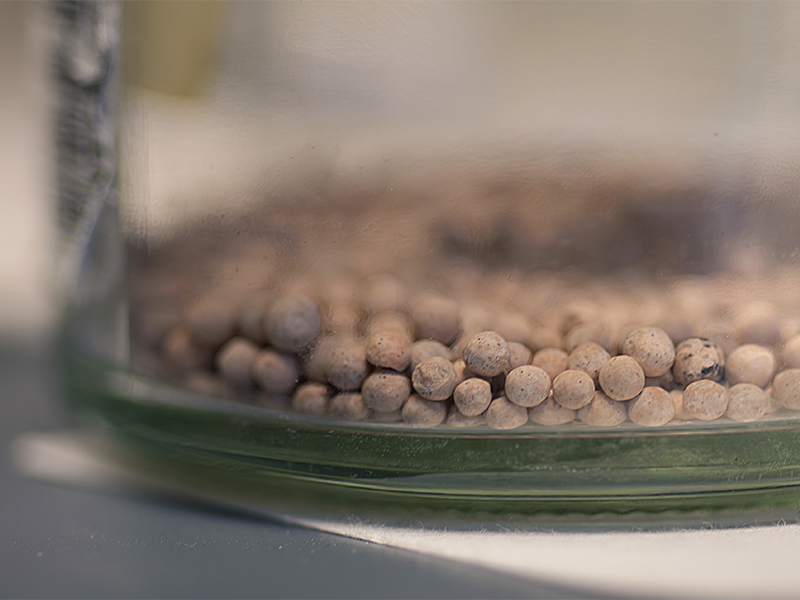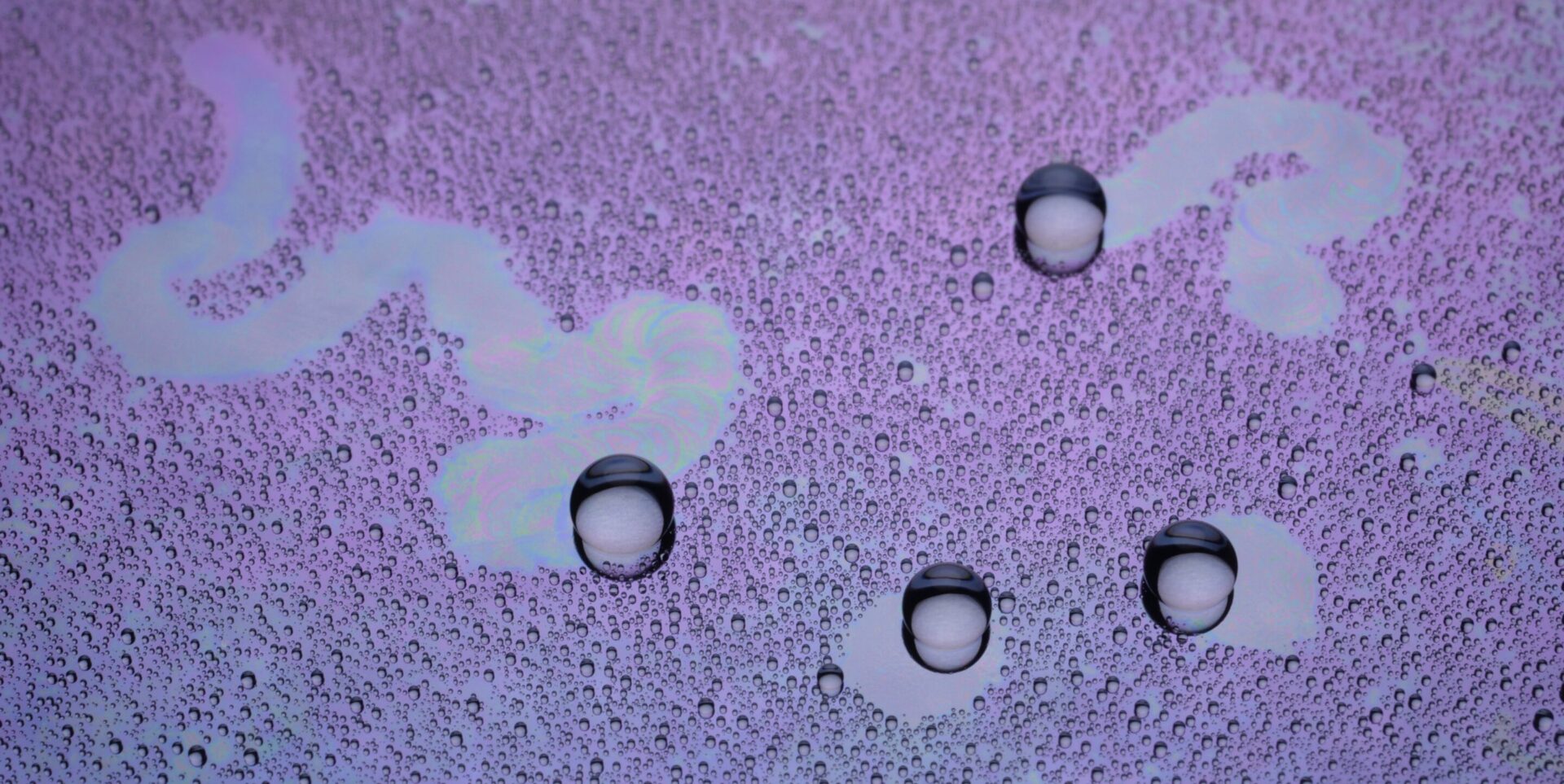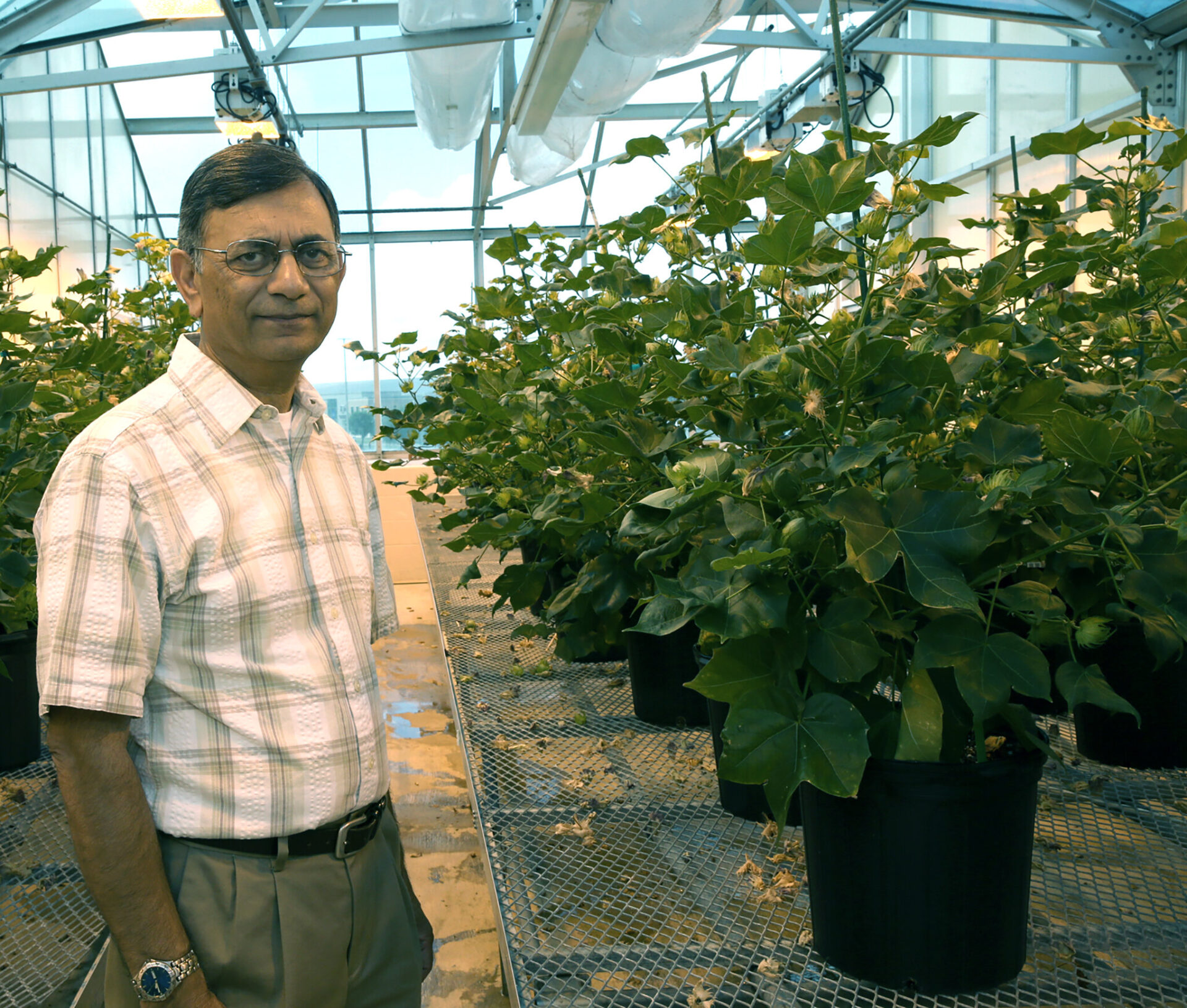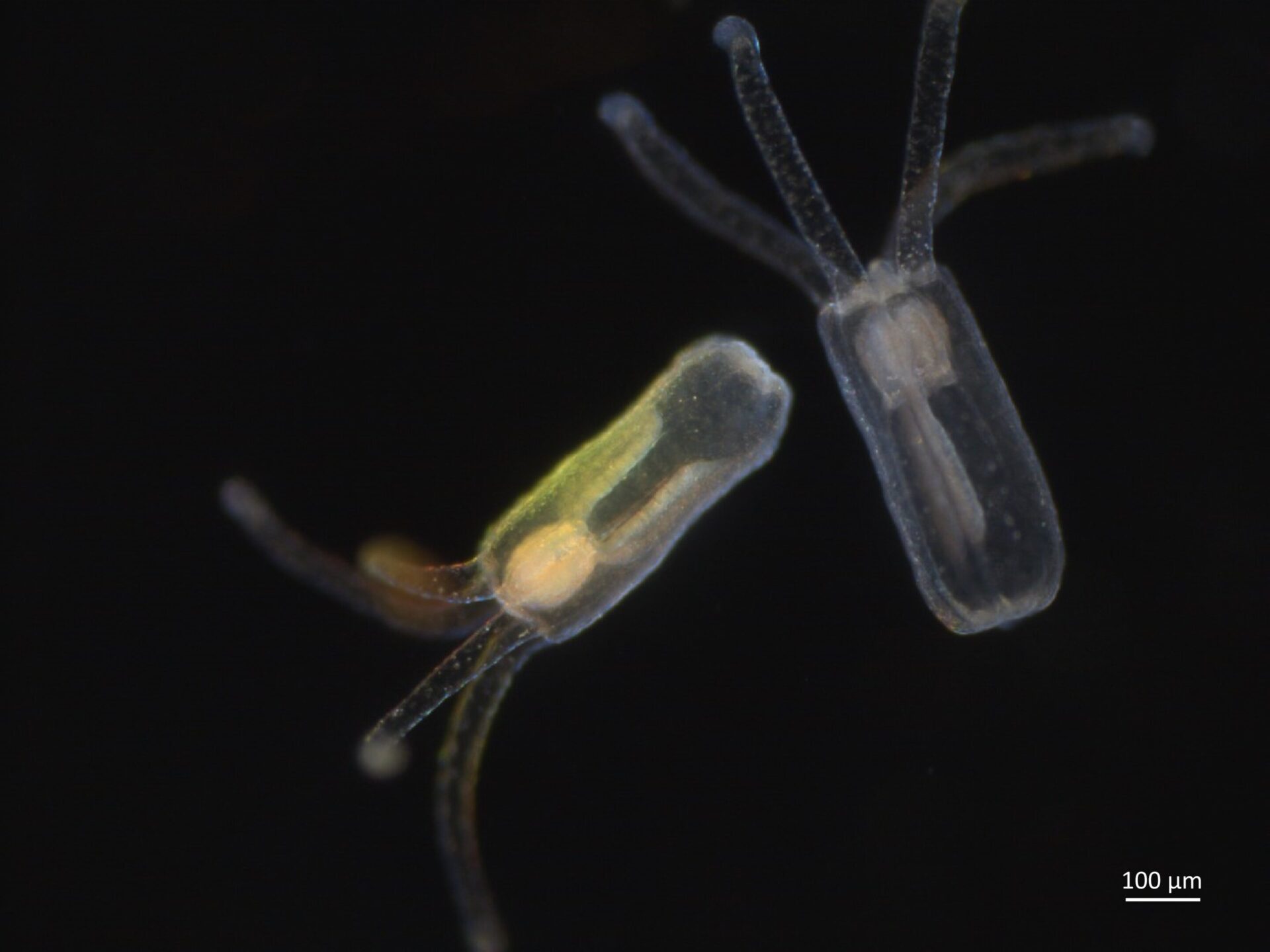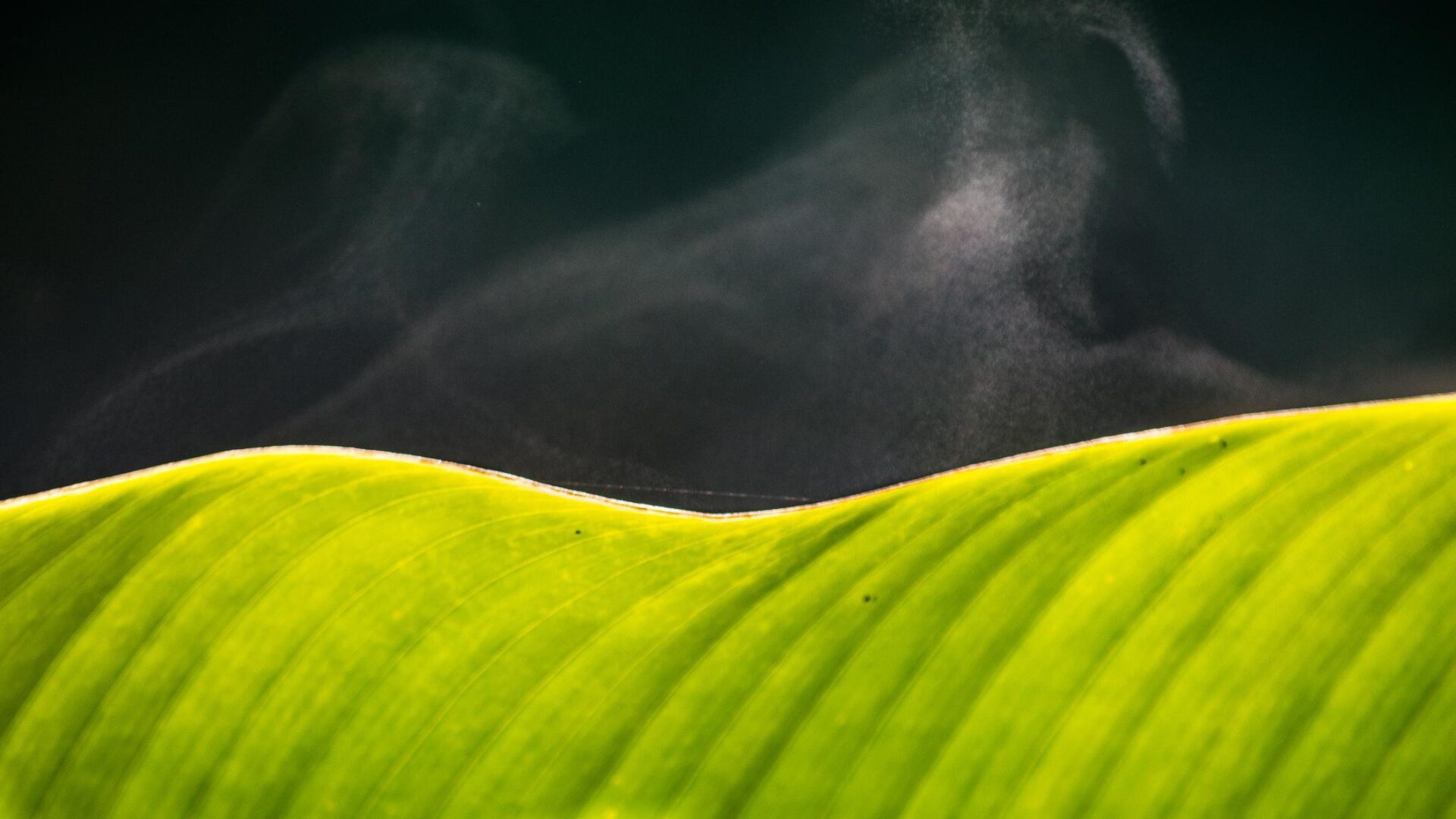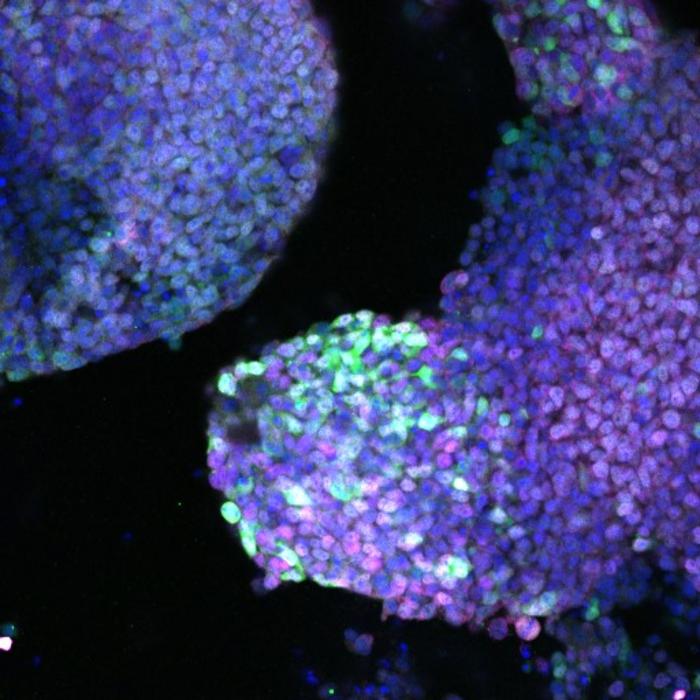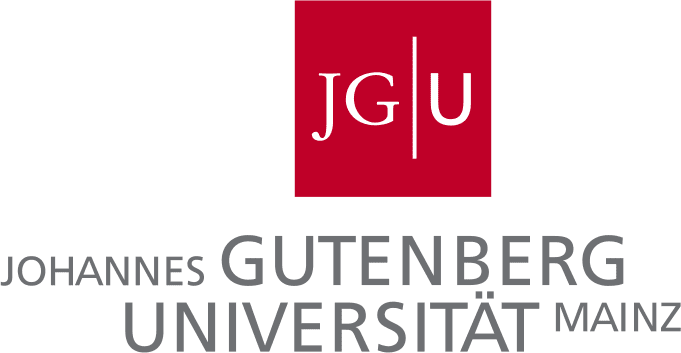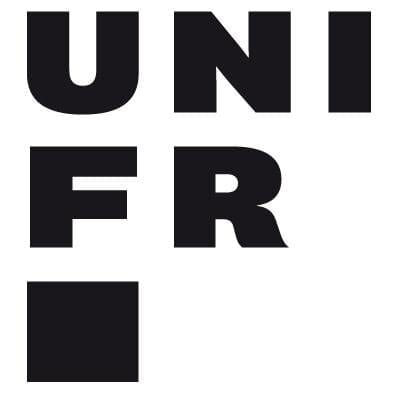
The University of Fribourg (French: Université de Fribourg; German: Universität Freiburg) is a university in the city of Fribourg, Switzerland
The Latest Bing News on:
University of Fribourg Research
- Research study teams invited to Clinical Trials Day: Help celebrate research impact
Study teams are invited to host a table at an upcoming community event at Eager Park to engage the public around clinical research; teams can be in any phase of their research ...
- Four from UB receive NSF Graduate Research Fellowships
McNair Scholar. After earning her bachelor’s degree, she worked at the NIH as a postbaccalaureate research fellow for two and a half years. In the fall, she will pursue a PhD in microbiology and ...
- Research consortium to scour the brain for causes of psychiatric illnesses
Science X is a network of high quality websites with most complete and comprehensive daily coverage of the full sweep of science, technology, and medicine news ...
- Approaches for assessing invasive non-native species impacts in UK Overseas Territories amid climate change
Categorising the magnitude of the impact of invasive non-native species is important for decision-making and prioritising action. The recently published IPBES Assessment Report on Invasive Alien ...
- Hydride research pushes frontiers of practical, accessible superconductivity
Science is taking a step forward in the quest for superconductors that will not require ultra-high pressure to function, thanks to multinational research led by Xiaojia Chen at the University of ...
The Latest Bing News on:
University of Fribourg Discovery
- University of Maine
Located on an island in Orono, ME, the University of Maine is the state’s premier public research institution with specializations in forestry, marine sciences, climate change and STEM.
- The University of Montana
* Per the 2021-2022 final release data in IPEDS ‡ The median salary for workers with 10 or more years of experience per Payscale. The flagship of Montana’s public university system, the ...
- CU Science Discovery
Science Discovery is offering full-day classes for grades K-8 on both days. Note: Classes being duplicated between Friday and Monday will have separate content, allowing students to take both the ...
- Electric eels inspired the first battery two centuries ago and now point a way to future battery technologies
“The electric organs in eels are incredibly sophisticated; they’re far better at generating power than we are,” lamented Michael Mayer, a team member from the University of Fribour ...
- Discovery Day Past Winners
Doctoral and master's students, medical students, MD/PhD students, undergraduates, residents, clinical fellows and postdoctoral trainees from the Drexel University College of Medicine community ...

